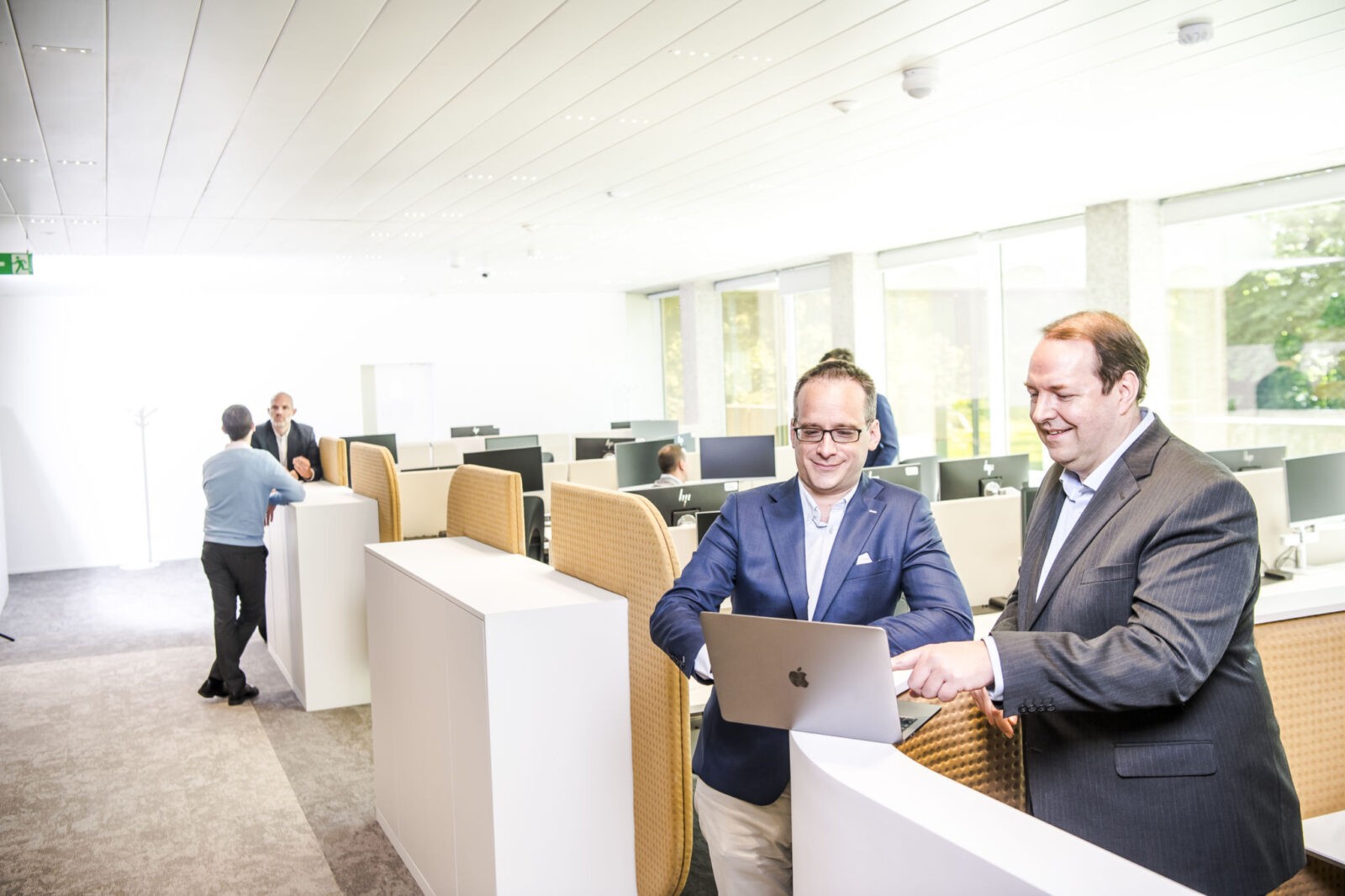Belcenter is staffed by a majority of geeks, not only among the founders but also in the team. We have a taste for new technologies that are very beneficial to our customers which allows us to see which way the wind blows and offer them the best solutions. In short, the innovations most useful for their activity. At this start of 2022, we asked Nicolas Breuer to gaze into the crystal ball: what developments does he see arriving before the end of the year?
Ever more bandwidth
Let’s start off with something that is already becoming quite clear. There’s no need to be a fortune teller to know that hybrid work is here to stay at companies. Some of the time at the office, and some of the time teleworking at home or elsewhere in the world. Almost no one will commute 5 days a week any longer. “At first, there was a concern that bandwidth requirements would decrease, but the exact opposite happened. With homeworking, there is much more data exchanged between the remote user and the company, which increases the need for connectivity. It is a sector that will not decrease; the increase in data flows will continue,” the co-founder confidently predicts.

Belcenter will embrace mobile
At Belcenter, we are in tune with the market so that we can make even more practical and reliable solutions available to our customers. “One thing is certain: we are going to move increasingly towards mobile. We are currently starting to integrate this into our fixed offer. What will happen is that all communication tools will be integrated. The internet will be combined with landline telephony and mobile telephony, Teams, your company’s CRM, etc.”.
A single device for all uses
Mobile telephony in the cloud will be the major innovation of 2022-2023. In Belgium, people like to have a smartphone in their pocket and a landline on their desk. But in the corporate world, this will evolve into a single device that can receive both landline and mobile calls. Switched into either work mode or weekend/holiday mode, all natively connected with your colleagues on Microsoft Teams.
Anticipating needs
The success or, conversely, the slowdown of certain sectors is what guides our radar. “At the moment, the real estate market is growing, so real estate agencies need to invest in tools that allow them to increase their efficiency and productivity.” We are there for them. Same goes for the logistics sector, spurred on by e-commerce. “The warehouse where your product is located must be as close as possible to your home. We need a network of larger warehouses, which must be connected to the rest of the company. This is why our dedicated Belcenter fibre solutions are needed to guarantee an uninterrupted data flow,” Nicolas Breuer explains.
100 megabits as standard
In Europe, we are seeing the densification of fibre optic networks everywhere, in large cities and more rural areas. And the European Commission is calling on member countries to make investments. “Previously, the minimum speed recommended by the EU was 30 megabits. Today, the EU wants 100 megabits for all in 2025. At Belcenter, we anticipate future needs by expanding our core network. We are already equipped to meet the needs of companies up to 2050. And it doesn’t stop there.




